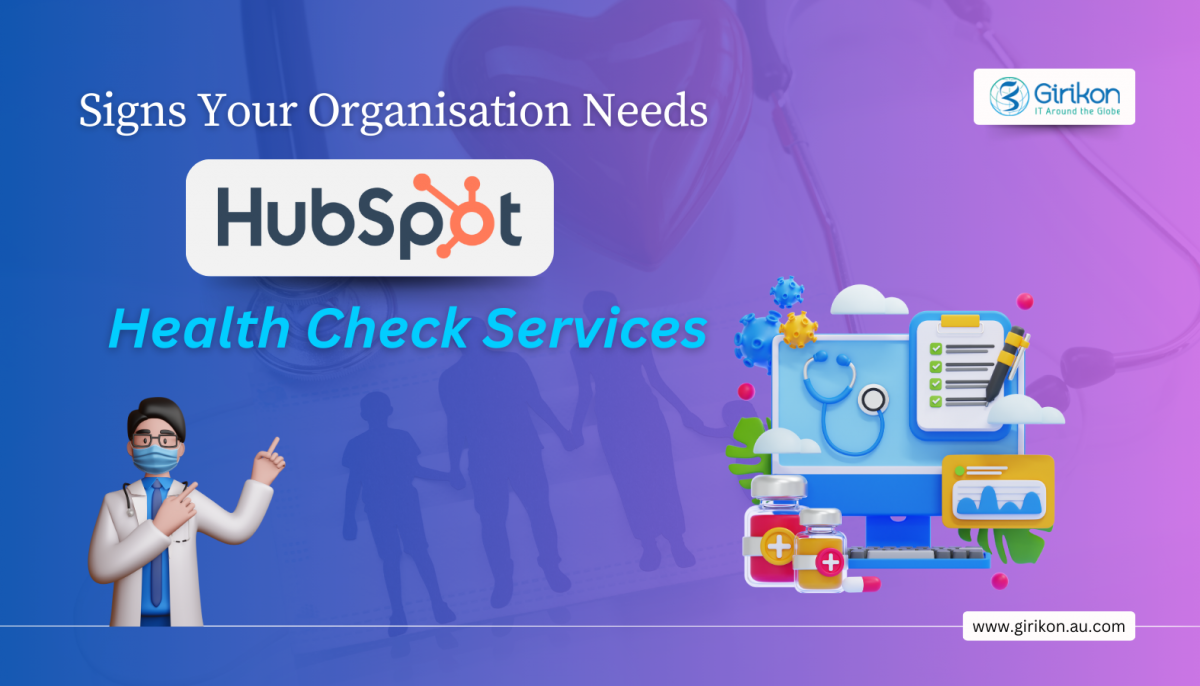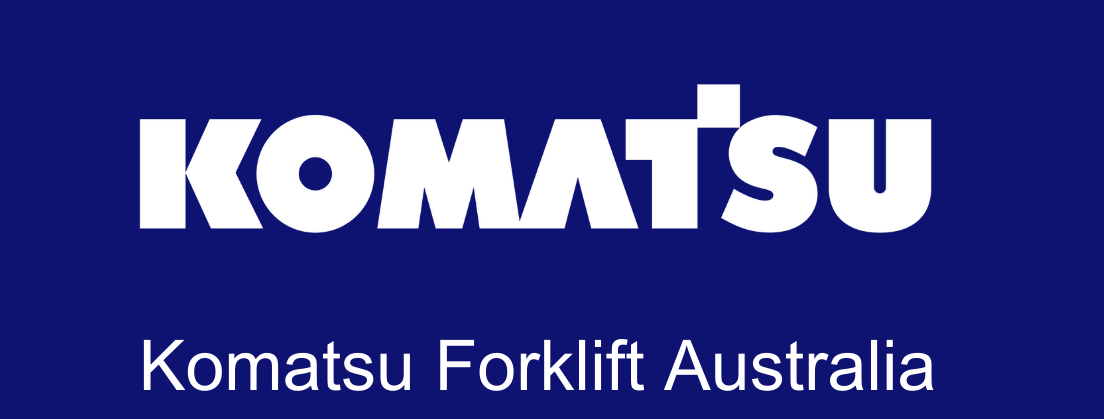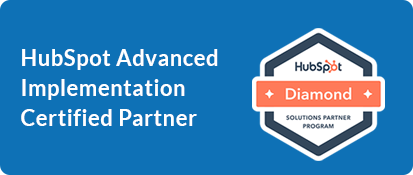Our Blogs
One of the key questions manufacturing companies have to grapple with on a consistent basis is how should they prioritize their time and resources to realize the most rewarding relationships with their partners? And more importantly, how to make it easier for them to do business with you.
Efficient manufacturer-partner relationships are a key driver for sales. Here’s how.
A significant proportion of all B2B revenue comes from channel partner sales.
In a 2022 survey, 80% of B2B executives reported their partner programs have a lot of unrealized potential, which directly impacts how much of the brand’s products they sell. What are the impediments to maximizing your opportunities with your partners? The usual suspects are disparate systems, disconnected processes, unpredictable programs, and inefficient communication.

There are ways to address these challenges effectively. Here are three key areas to improve manufacturer-partner relationships and drive further sales. An effective and efficient manufacturer-partner relationship can help you boost revenue, get improved customer insights, and enhance your brand visibility.
1. Make it easier for your partners to do business with you
Traditionally, manufacturers invest more in product-centric enhancement, such as more efficient processes of product development, reducing production costs, and supply chain optimization. However, in today’s context, the efficacy and quality of your customer and partner experiences holds the key to differentiation.
In general, manufacturers understand that the customer experience must stand out in the marketplace. They focus on delivering an exceptional customer experience throughout the product journey – from the manufacturer, through the channel partner to the customer. But to do this you need visibility into customer data between you and your partners. Process efficiency and data transparency are key factors to consider to allow you to work with your partners better and move to a customer-centric approach that is mutually beneficial.
And how do you do this? By investing in the right technology that makes it easier for your channel partners to do business with you and for their customers to buy from them. A sophisticated CRM platform can seamlessly integrate data siloes across legacy systems into a unified platform thereby giving your teams better visibility into the manufacturer-partner relationship and can seamlessly exchange data and information across the CRM with your channel partners, which includes:
- Leads
- Price and Quote functionality
- Order Status
- Customer Service Requests
- Knowledge Articles
- Claims
A CRM allows your partners to work more efficiently, decrease cycle times, and deliver improved customer service. A CRM can also enable more accurate forecasting, a need for over 80% of manufacturers. Forecasting examples could include inventory status, demand forecasting, and competitive insights.
In a survey conducted by Salesforce, it was found that almost 80% of manufacturers reported that a key priority for them was to have one single source of data across the customer lifecycle.
2. Help manufacturing partners sell faster and easier
Working on collaboration with your partners in sales efforts can open up new markets, thereby creating opportunities for higher revenues and becoming more efficient. These benefits further improve manufacturer-partner relationships.
Collaborating with partners on a unified system allows partners to configure, price, quote (CPQ) independently, view order status in real time, update customer cases, and access new marketing collateral and knowledge articles.
A Forrester report indicated that collaborative partner engagement platforms can double sales. Unified collaborative platforms can provide detailed visibility into customer data, including their purchase history and up-to-date product information, and it can guide your partner sales teams with insights and recommendations on next best actions to drive success.
By collaborating on transparent forecasts, you can empower partners to close deals faster. Process automation also makes the entire channel sales process more efficient. To begin with, you can automatically pass over leads to partners. Then your staff can guide them through a quoting process with easily accessible resources within the CRM platform. And you can show them how close they are to reaching their next discount milestone so they can feel motivated to ramp up their orders and push sales further.
Artificial intelligence (AI) can help your channel partners to focus on the most promising opportunities, and offer them the most appropriate product and marketing information at every stage of the sales cycle. AI can also help your manufacturing partners with recommendations based on their customer interactions and purchase history.
Using automation and AI via a collaborative partner empowerment platform delivers a great ROI for you and your partners. Whether it is adjusting your production rate to better align with partner supply needs, or tracking your partner deals and sharing inventory access and logistics data to help them close deals faster, a unified partner enablement platform can push revenues further by upto 40%.
3. Improved customer and partner service to augment revenue
You might be looking to initiate new services to create new revenue streams and improve the overall customer experience throughout the life of the product. Almost 90% of manufacturers recognize that services is a critical part of their value proposition. More often than not, partners have to deliver services for you as part of the brand promise. Consequently, empowering them with the right support and guidance will turn out to be mutually beneficial.
One of the key capabilities of a partner enablement platform is self-service. It reduces friction and customer service costs. Powered by AI driven knowledge articles and frequently asked questions, order tracking, scheduling and logistics, warranty, and more, such a platform can deliver a seamless experience to your partners. Your channel partners would be able to track customer interactions across all touchpoints and log cases easily, with the ability to escalate them as and when required based on parameter configurations in the system.
Today with the proliferation of Internet of Things (IoT), services such as remote diagnostics and predictive maintenance, provide you with the necessary information about the health of the products your customers have purchased from you. This can help you deliver parts and services on the products that need maintenance, faster than ever.
Partners can access this information to proactively schedule repairs and maintenance, thereby augmenting the customer experience. With remote assistance, your service engineers can solve complex issues faster with audio/video collaboration tools to connect with senior technicians who can walk them through the resolution.
Providing the right support to partners across any device at any time of their choosing holds the key. This kind of support improves the customer experience and builds confidence and loyalty with your brand across customers and partners. Both manufacturers and partners can leverage service collaboration, which is a vital element in the overall partner engagement framework, to achieve common goals. When data is shared in real-time, one can respond to changing customer expectations faster.
Conclusion – Take the next step to build stronger, more efficient partner relationships.
It is natural to have questions like- What and how should you prioritize to achieve the most productive partner relationships? How can you make it easier to do business with you for your partners? How can you build trust and transparency? How can you get better visibility of your partners and customers? How can you streamline processes to deliver a better experience to partners and customers?
Girikon is a Gold Salesforce Consulting Partner delivering value to customers across the globe for over a decade. Speak to one of our experts to get answers to these questions and more.

 +61-1300-332-888
+61-1300-332-888 +1-480-382-1320
+1-480-382-1320







































